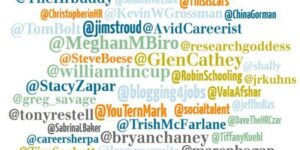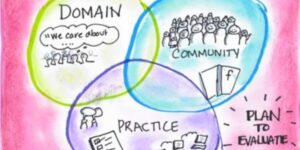
How to Build Your Network Without Burning Out
In an age of digital exuberance, what can we do to avoid social overload? Tips to lower your stress while expanding your network

In an age of digital exuberance, what can we do to avoid social overload? Tips to lower your stress while expanding your network

What does it take to influence others on social media? An analysis of top recruiting influencers reveals some helpful answers

Digital communities: Why are they a challenge for businesses to create and maintain? How can enterprise organizations up their community game?

Digital communities are increasingly important to business organizations. But what really makes an enterprise community effective?
Social media has made our lives open books. But what are the implications for how we manage our individual “brands”? The TalentCulture community shared opinions and ideas…